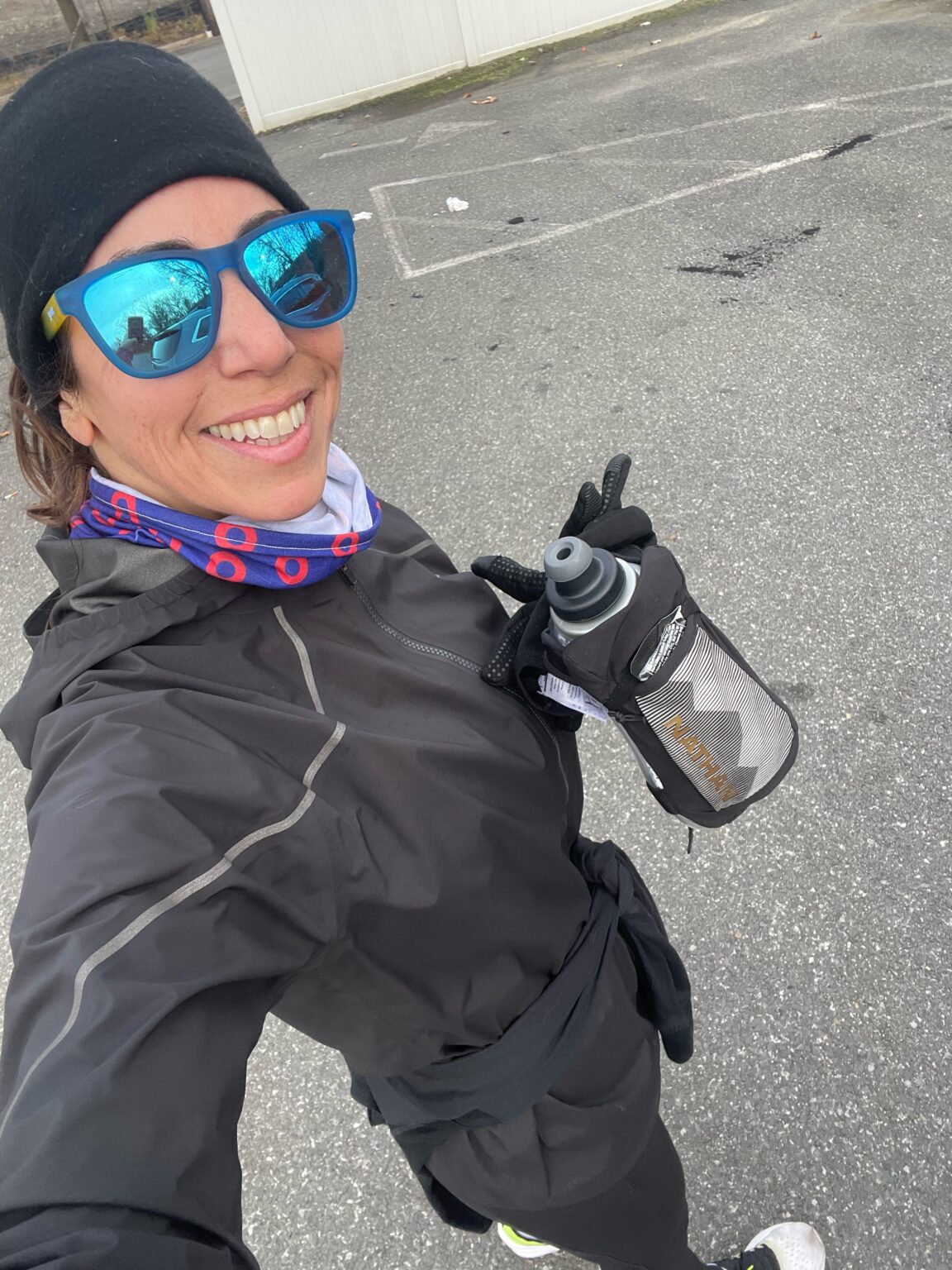Amy Stephens
MS, RDN, CSSD, CDCES
Licensed dietitian
specializing in sports nutrition
and eating disorders
Menu
MS, RDN, CSSD, CDCES
Licensed dietitian
specializing in sports nutrition
and eating disorders
During the winter months, nutrition priorities shift towards hydration, foods that generate body warmth, and those that boost the immune system.
1. Hydrate even if you don’t feel thirsty. Your body loses water through both respiration and perspiration. This becomes particularly crucial during winter months and even more so if training at altitude. Performance can be impacted by dehydration, so maintain hydration by consistently sipping fluids throughout the day. If you tend to sweat heavily, consider incorporating electrolytes as well.
2. Layer your clothing to avoid overheating. Aim to dress for temperatures that are 10-20 degrees warmer than the outside temperature. If the temperature is 32℉ (0 ℃), dress for 40 or 50℉ (4-10℃). As your body temperature rises during activity, you can gradually remove layers to prevent overheating. Wearing too many layers can lead to increased sweating, potentially hastening dehydration.

3. Replenish fluids immediately after a workout. Kickstart recovery and hydration by choosing warm fluids like soups, teas or hot chocolate.
4. Do not let the need to remove layers for restroom breaks lead to intentional fluid restriction. Stopping and removing extra layers to urinate can be time-consuming and inconvenient. Nevertheless, athletes should be mindful that dehydration can significantly impair sports performance.
Breakfast
Oatmeal made with frozen blueberries, topped with sliced banana, nut butter and cinnamon
Snack
Trail mix with dried fruit and salted almonds
Lunch
Homemade soup or stew
carrot ginger, winter vegetable and farro, chicken noodle, lentil, beef stew
Snack
Homemade muffins (apple and carrot superhero muffin recipe)
Chamomile or turmeric tea
Dinner
Salmon with roasted sweet potatoes, and a kale salad with feta cheese, pumpkin seeds, dried cranberries and lemon vinaigrette dressing
Licensed dietiTian
specializing in sports nutrition and eating disorders
© Amy Stephens Nutrition
SITE BY 744 CREATIVE